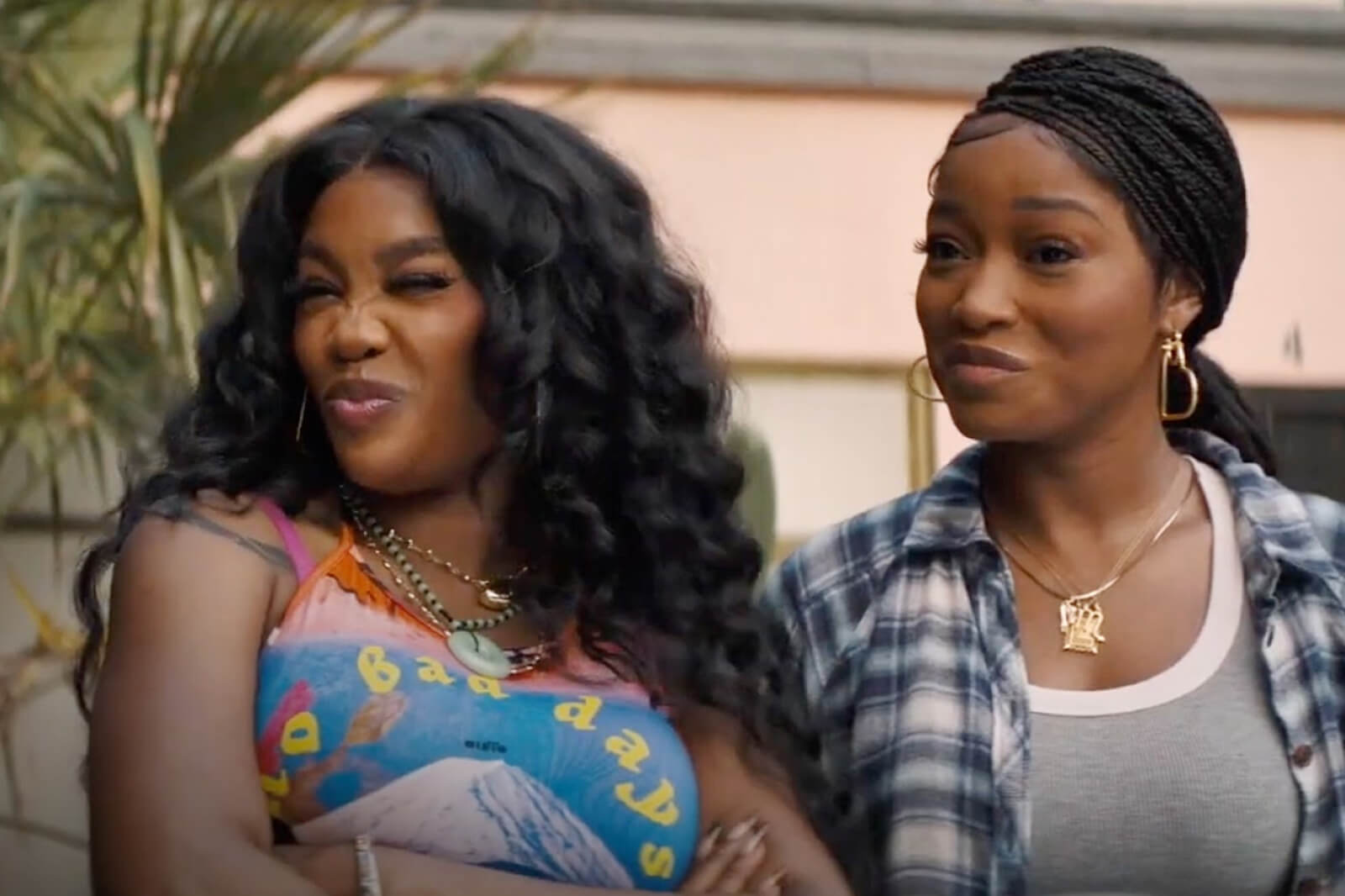CULTURE
Let Trans Characters Be Trans: The “Trap” Trope Is Still a Slur
21 Jun, 20

Lily Hoshikawa, a trans anime icon
MAPPA
One of my very first articles as an entertainment critic ended up being my most controversial thus far.
In it, I gave praise to a character in an anime called Zombie Land Saga, a show about a group of zombies who form a pop idol group. The character in question was Lily Hoshikawa, who is eventually revealed to be a trans girl in a very positive and affirming episode detailing her childhood and transition.
CW: Transphobic Slurs
My praise sparked a debate over the kind of representation she portrayed. Many commenters denied her gender identity entirely, opting to call her a “trap” instead of parsing her very honest and authentic transition.
As we reach the peak of Pride Month, I’m finally going to address this distinction. Trans people, real or fictional, are not and should never be referred to as “traps.” The history of the trope within anime is long and palpable, but it’s offensive and ignorant to apply it to legitimate transgender representation.
In case you weren’t aware, the term “trap” has existed as a trope in anime for quite some time. It commonly refers to a character who exhibits qualities indicative of one gender, only to later be revealed as a different gender, usually to comedic effect.
Some recent examples of the trope include 2017’s Blend S and 2018’s Double Decker. In Blend S, Hideri Kanzaki is an effeminate boy who aspires to be a Japanese pop idol. The show calls attention to the stark contrast between Hideri acting cute and being overtly masculine as a visual gag.
Double Decker’s Valery Vrubel’s depiction is even more head-scratching. As the show consistently mocks male characters who exhibit feminine traits, it doubles down by revealing that a side character thought to be a woman is actually a man in a plot twist so obnoxious that it effectively serves as an anti-narrative towards the story’s progression. The anime’s eighth episode makes an attempt to appeal to more nuanced trans representation, but the “Bury Your Gays” nature of the plot line, coupled with its disproportionate ridicule of effeminacy in men, amounts to cold comfort for viewers like me.
The use of “trap” as a slur against actual trans folks is awful enough on its own, but the trope itself is problematic in its own right. It both relies on and reinforces the constraints of the gender binary in order to deliver a cheap and largely inconsequential joke. Haku from Naruto, for example, has an incredibly compelling and tragic story arc to his name.
It was kicked off, however, by Naruto first assuming Haku was a girl due to his overtly feminine presentation, only to momentarily balk at his reveal as a boy. The reveal itself has no bearing on the rest of Haku’s story other than to alleviate an emotional first encounter with an irrelevant gag. But it’s a perfectly illustrative of how a character’s misgendering becomes the butt of a joke without being the crux of the narrative.
The same logic doesn’t apply to actual transgender characters. Going back to Lily Hoshikawa, her story is marked by a deadname that she no longer wants to be addressed by, a fear of puberty disrupting her ability to present as feminine, and literally dying of shock from her first signs of male puberty (i.e. one single stub of peach fuzz on her cheek).
Her experience perfectly encapsulates a transgender narrative and should be recognized as such. Labeling her as a “trap” has no narrative context and completely discredits the impact of one of the few truly positive representations of trans people in anime.
People shouldn’t call trans people traps at all. It’s an offensive and derogatory term that implies that we’re trying to trick cisgendered people for kicks when, in reality, we’re just trying to be our own authentic selves. It reduces our experience by labeling it as a self-perpetuated lie and is tantamount to misgendering us entirely.
The same can be said for characters in our favorite shows and movies. When trans representation on TV is often scarce, we truly value whatever positive role models we can get our hands on. To that end, transgender anime characters exist–not just as a dated visual gag but as honest and meaningful representation. And they shouldn’t be reduced to “traps” either. No one should.
Whether you’re interacting with someone who doesn’t conform to the gender binary or watching someone on TV who’s doing the same, the transgender experience shouldn’t be denied or reduced by slurs masquerading as tropes.
- Trisha Paytas Needs Help: The Difference Between Gender … ›
- Marvel To Feature Its First Transgender Superhero – Popdust ›













